As Fusion Builds Start at Flat Rock, Ford Considers More U.S. Production
For the first time, yesterday Ford started assembling the midsize Fusion sedan in the United States as production began at their Flat Rock, Michigan facility. That move will add about 100,000 units a year to Fusion production, which was formerly only done in Hermosillo, Mexico. Ford is looking at options for expanding American capacity even more, should demand grow, and a Ford executive says that the Flat Rock plant could produce yet another model in addition to the Mustangs and Fusions that are currently assembled there.
“We certainly have the flexibility for the future to do more,” Ford president of the Americas, Joe Hinrichs told Reuters. “We’re trying to get our capacity set up to meet demand. With the growing demand for our trucks, growing demand for Fusion, other product lines, that’s what we’re focused on.”
Demand for the Fusion, up 13% from last year, outstripped Hermosillo’s supply, even though the car is currently selling at an average transaction price of about $2,300 more than the best selling car in its segment, the Toyota Camry.
“We could have sold more [Fusions] if we had more,” Hinrichs said. “We expect the sales momentum to stay here in the U.S. and around the world.”
The Flat Rock plant is flexible enough to handle another vehicle. The Mustang and Fusion currently built there are based on completely different platforms.
“The Mustang and the Fusion are two different platforms, so we’ll be introducing two right now, but we certainly have the flexibility for the future to do more,” Hinrichs said. “We could do a lot of different things.”
UAW officials also hinted that another vehicle could be built at Flat Rock. “I don’t think we’re done yet,” said Tony Bondy, chairman of the Flat Rock factory’s UAW Local 3000. “I’ll leave it at that.”
UAW workers at Flat Rock underwent an intensive production training program intended to eliminate quality control problems that plagued Fusion and Lincoln MKZ production startups at Hermosillo. “We’ve done an unprecedented level of training for the new workers here,” Hinrichs said at the Flat Rock plant.
Every one of the 1,400 workers hired to staff the added third shift at Flat Rock went through 40 hours of training that Ford says was more intensive than the training given prior to the launch of the Ford Escape at the Louisville assembly plant. Ford also says that lessons were learned from that launch and that of the MKZ. The new Escape was the subject of a number of recalls and the MKZ launch was hampered by supply and quality control issues.
Flat Rock workers are now said to be trained in a more realistic environment that includes 10 different training areas for different assembly operations. “We took actual conveyers in the factory and installed them over there so people are working on the car in position, just like they’re going to be working on the floor,” Flat Rock plant manager Tim Young said.
More by TTAC Staff
Latest Car Reviews
Read moreLatest Product Reviews
Read moreRecent Comments
- ToolGuy TG likes price reductions.
- ToolGuy I could go for a Mustang with a Subaru powertrain. (Maybe some additional ground clearance.)
- ToolGuy Does Tim Healey care about TTAC? 😉
- ToolGuy I am slashing my food budget by 1%.
- ToolGuy TG grows skeptical about his government protecting him from bad decisions.
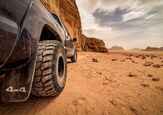
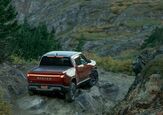
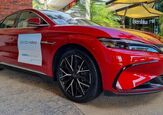
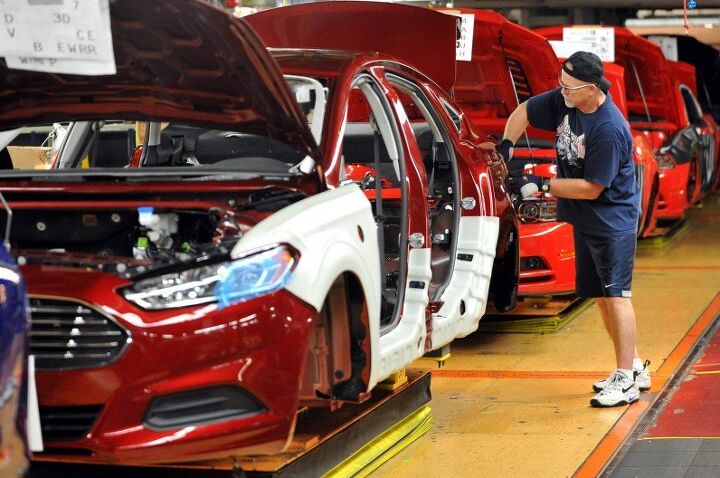






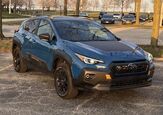





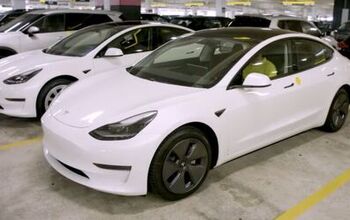
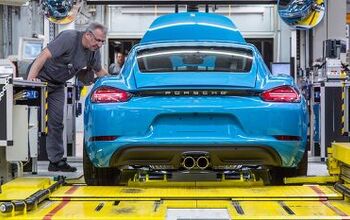

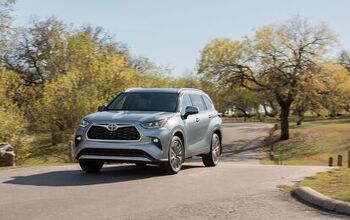
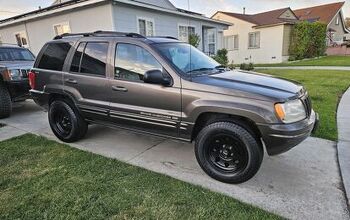
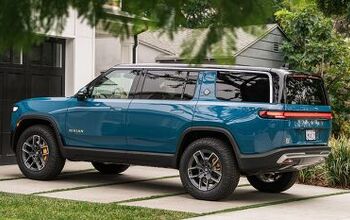
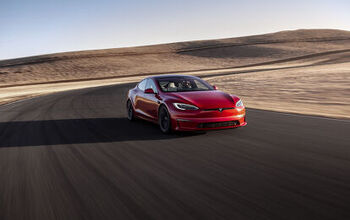
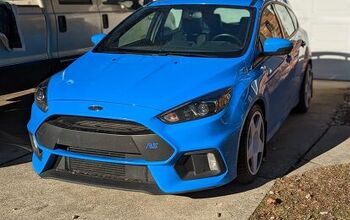

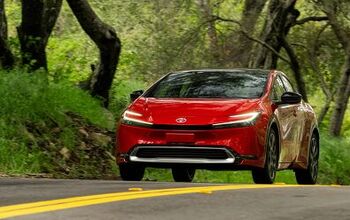
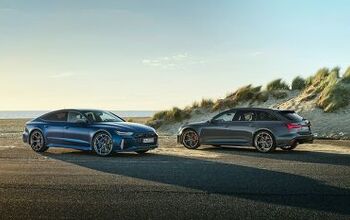
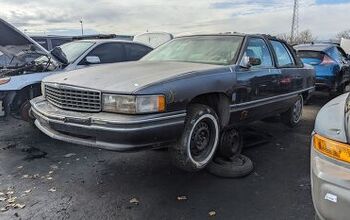

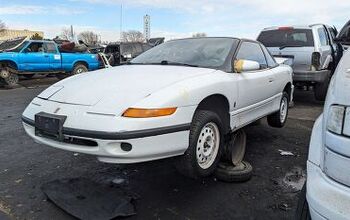
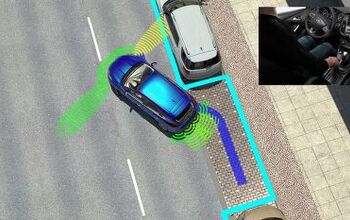
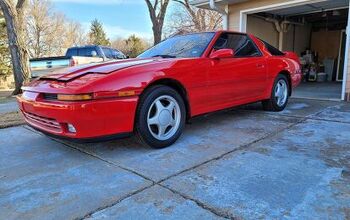
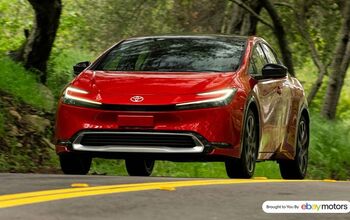
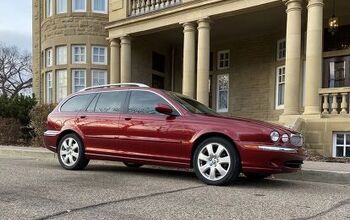
Comments
Join the conversation
This is asking for trouble, when you start a new model at any given plant, you go slow first, then speed up as workers get accustomed to their tasks, in this case, this is an existing model and one that is in high demand and short supply, no time to dilly dally, so if they speed up the line,as I suspect they have,there will be quality and assembly issue galore, no one is immune from this.
Lots of good cars have been built at the Flat Rock plant.